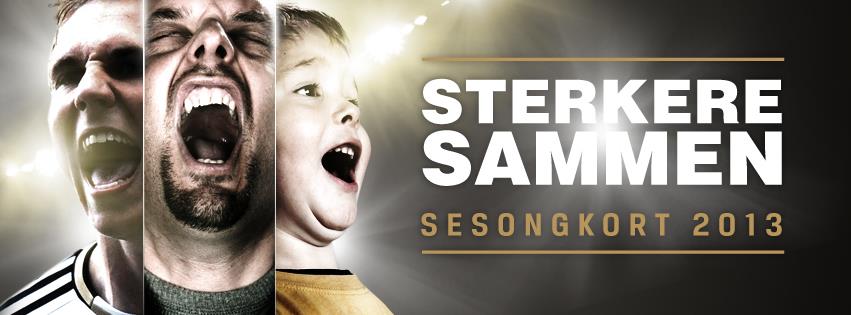BABIP can be a tricky stat to work with. Too often, people reduce BABIP to an indicator of luck. If your BABIP is too low, you’re unlucky. If it is abnormally high, you’re really lucky.
Sometimes outlier BABIPs are the result of luck, but sometimes they are the result of something else. There may not be a more interesting test case this year than Albert Pujols.
As you likely know, Pujols has gotten off to a torrid start this season, channeling the Pujols of old. He’s hitting .278/.345/.583 but he is somehow doing that with a BABIP of .236. That’s pretty incredible, but is it incredibly lucky?
Pujols has a career BABIP of .305 and his career-worst of .258 came in his injury-ravaged 2013 campaign. If we chalk the difference all up to luck, then Pujols should see his BABIP rebound, in which case his overall numbers should only get better. Yes! Better! Better is good!
Before you get too excited, let’s not overlook the alternative explanation that maybe Pujols’ BABIP isn’t just the product of bad luck. Don’t shoot the messenger, but there is actually a fair amount of evidence that supports that claim. Looking at Albert’s batted ball profile, he currently has the worst line drive rate of his career by far at 13.3%. He’s also got the highest groundball percentage, 51.0%, and infield flyball percentage, 17.1% of his career. We are dealing with a small sample size here, so we can’t draw exact cause-and-effect here, but there is at least a correlation.
Lots of grounders and pop-ups and not very many line drives is a pretty bad recipe for success at the plate. Just ask J.B. Shuck who has an eerily similar batted ball profile of 9.4% line drives, 57.8% grounders and 14.3% infield fly balls and a whopping .420 OPS to go with it. Clearly those two are different players, but it goes to show what kind of batted ball profile Pujols has. It doesn’t, however, mean that his BABIP should be so low. In fact, a basic calculation of his expected BABIP suggests .310 is where he actually should be. So, yes, he could actually be doing much better, at least in terms of batting average.
While that better potential average is encouraging, it doesn’t really forebode well for his slugging percentage. Pujols is being lauded for the return of his power this year, but that power is riding on the strength of a 25.7% home run-to-flyball ratio. That is the highest of his career and that’s not a good thing. Generally speaking, it is pretty hard for a guy to hit for elite power when he is hitting so many grounders and pop-ups and so few flyballs and line drives.
That might feel like good reason to start freaking out, but it isn’t. We are still early in the season, so there is a good chance that Pujols will regress to the mean with his batted ball profile. There will be more line drives and flyballs and fewer pop-ups and grounders. That should allow his power to continue to show. Even if his normal profile means a lower expected BABIP, it should still be a BABIP better than .235, so his ability to hit for average may not take a hit at all either. In a weird way, it is kind of a win-win.
If anything, Angels fans should be counting their blessings that Pujols was able to weather this early storm so well because, in a way, he did get lucky. He got lucky to to hit for such a good average on such an unlucky BABIP and got lucky to hit for so much power despite such a groundball and pop-up heavy batted ball profile.
I’ve used the word “should” a lot in the last two paragraphs, so I need to at least acknowledge the fact that maybe Pujols’ batted profile will continue on the way it has been so far this season. That isn’t a doomsday scenario either. The xBABIP calculation shows that he would likely be able to hit for average, but it will likely come at the expense of his power. That isn’t ideal, but it is something the Angels can at least live with.
Add The Sports Daily to your Google News Feed!
